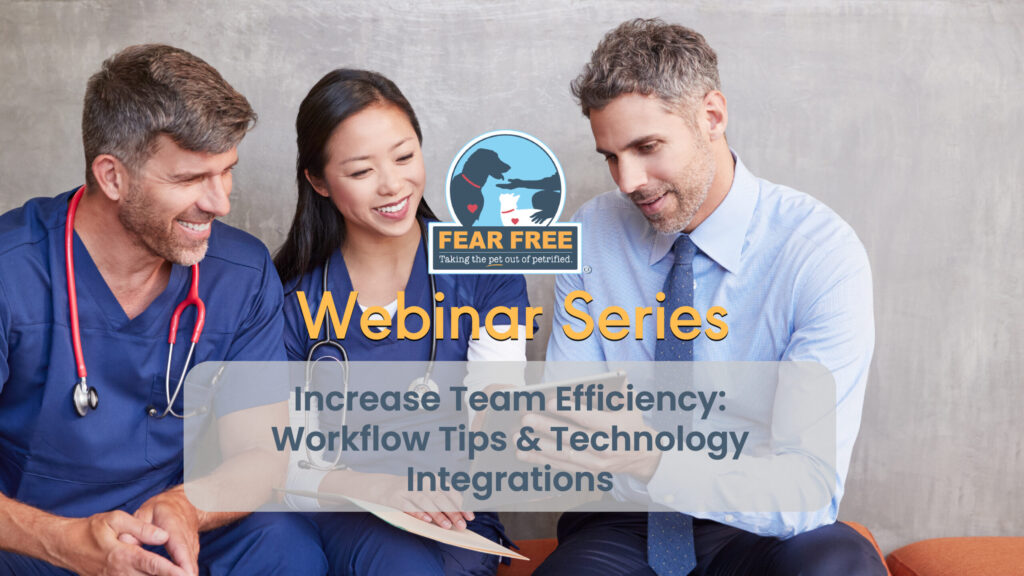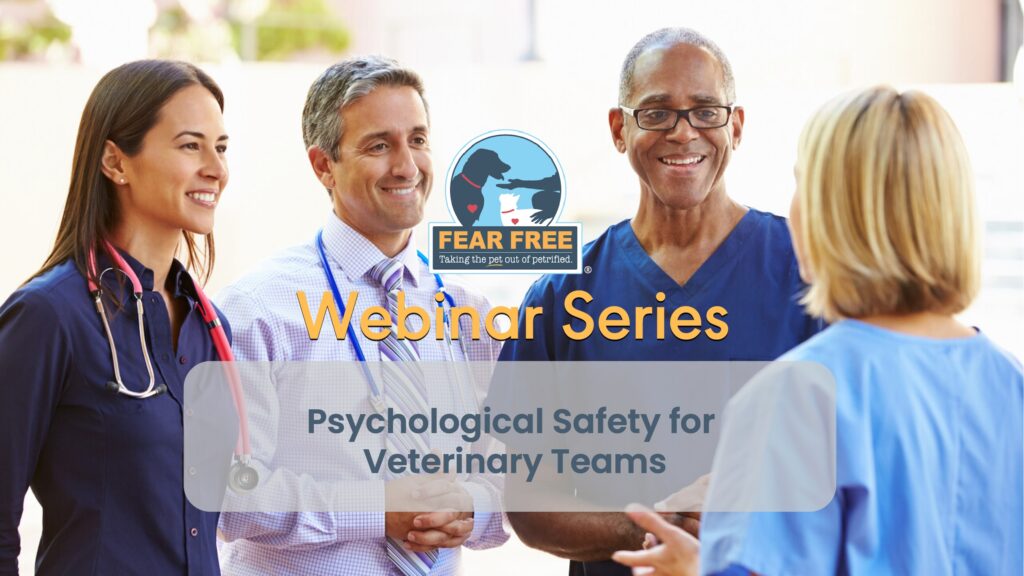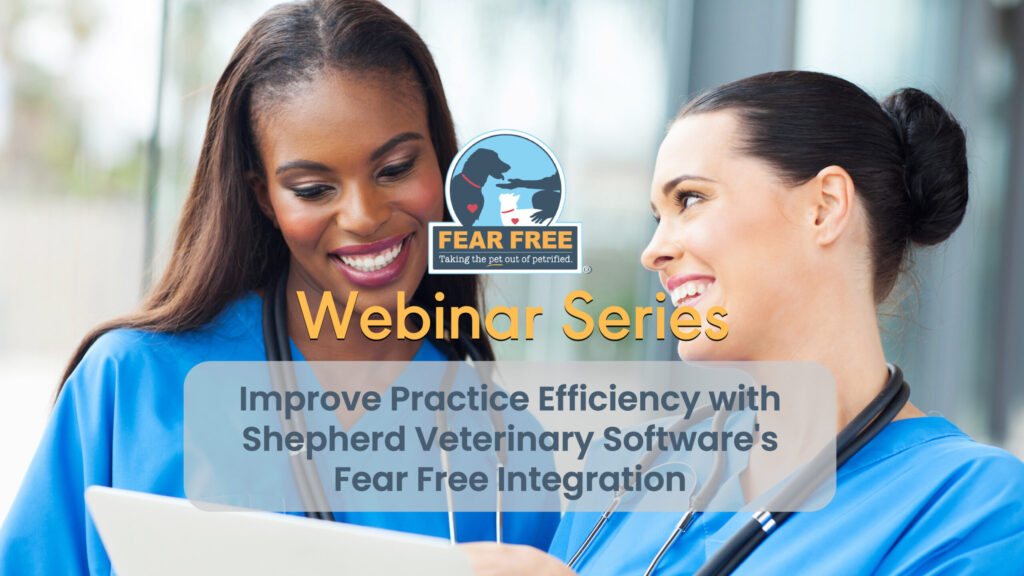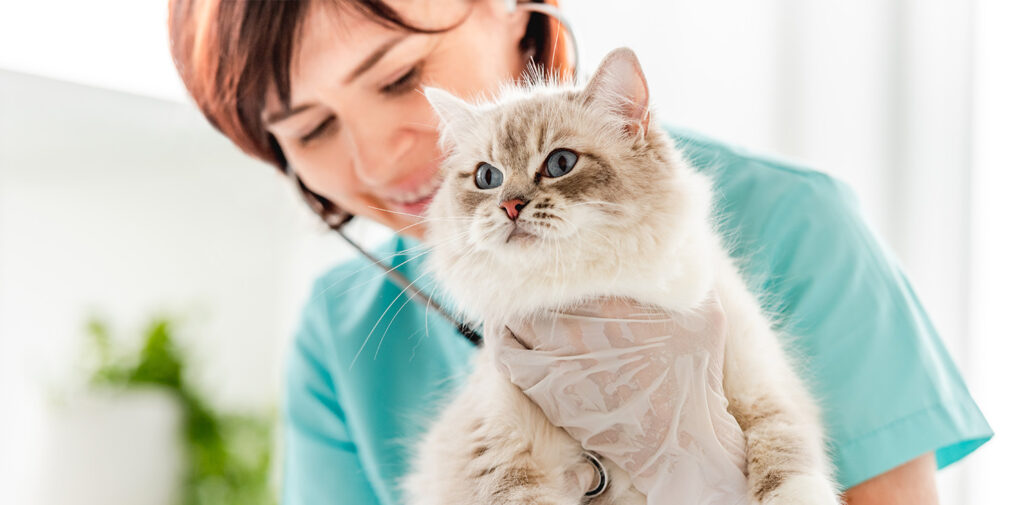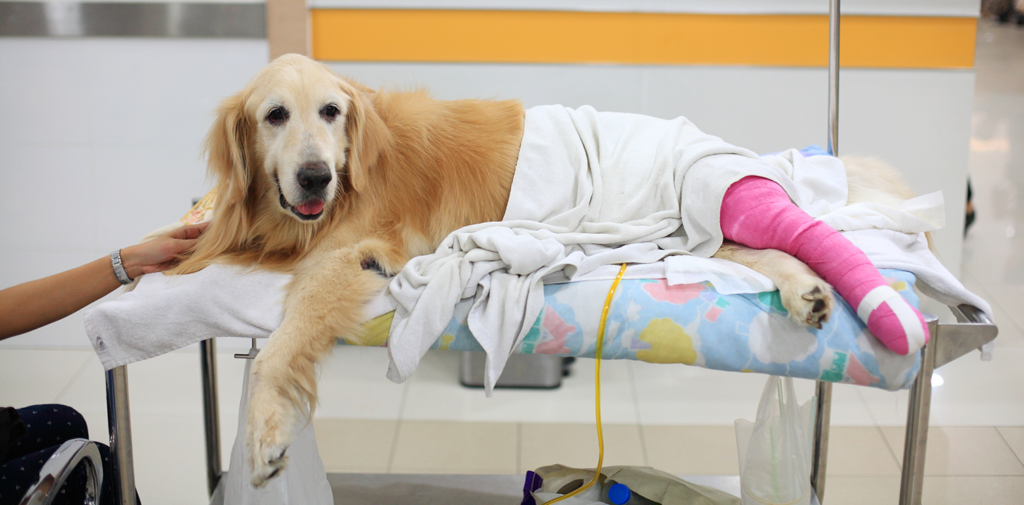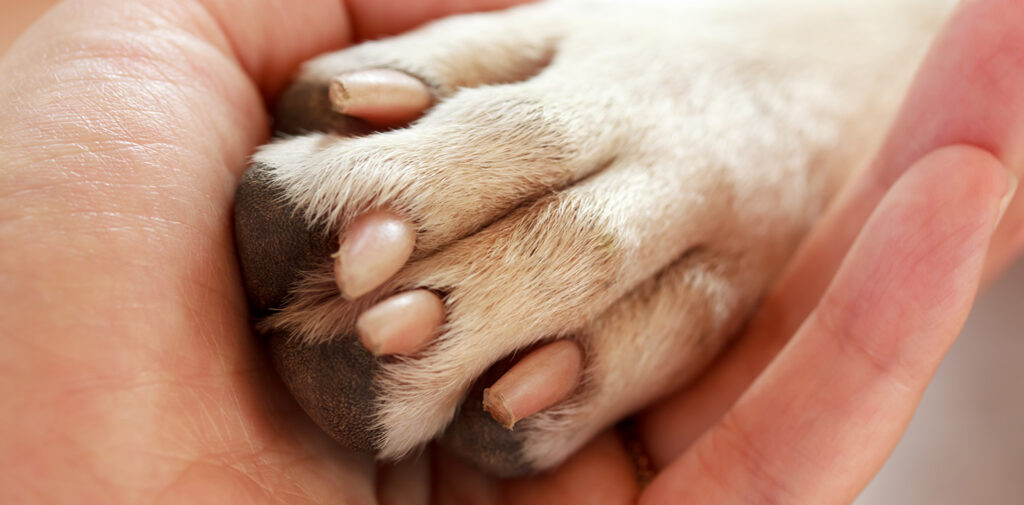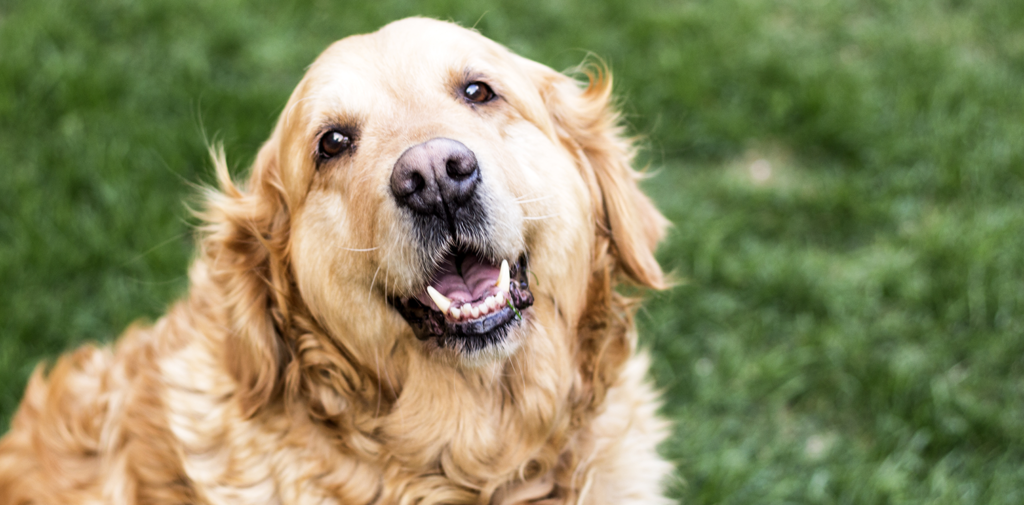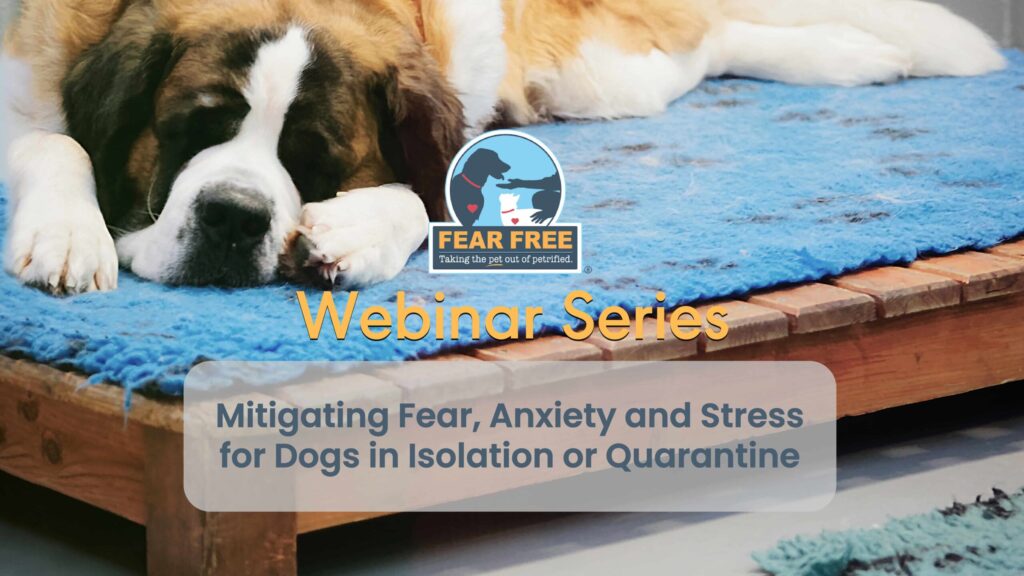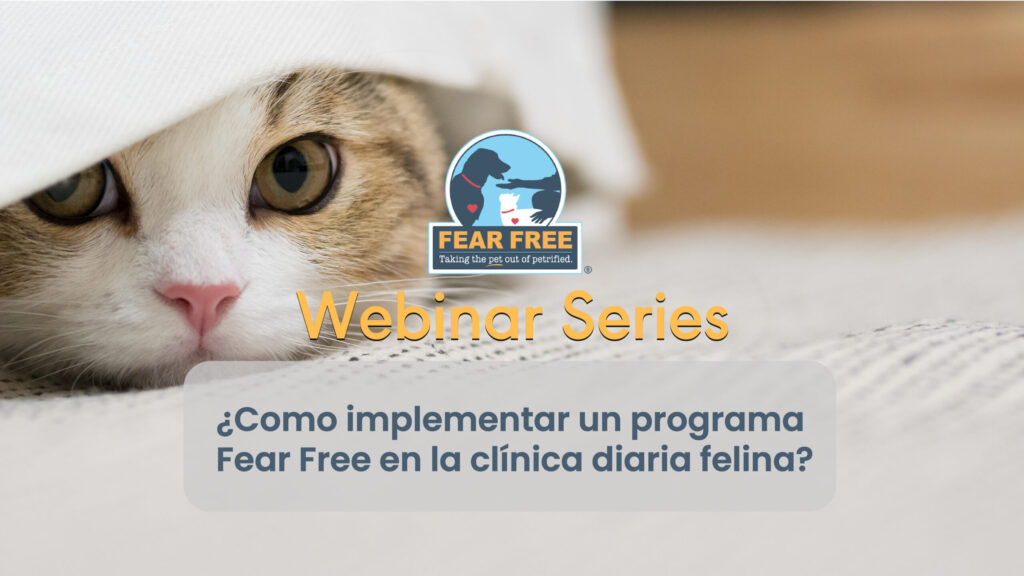
Conoceremos en que consiste el programa Fear Free, sus pilares fundamentales. Revisaremos las características de la especie felina, como percibe el mundo, sus necesidades y como se comunica permanentemente. El comprender y reconocer estos puntos será clave para desarrollar una practica Fear Free. Determinar si nuestros pacientes presentan miedo, ansiedad y estrés será un punto clave para trabajar de una manera acorde, pero fundamentalmente prevenirlas. Nuestras clínicas y hospitales, pueden beneficiarse ampliamente incorporando estas prácticas, sin tener que realizar grandes inversiones ni cambios edilicios.
